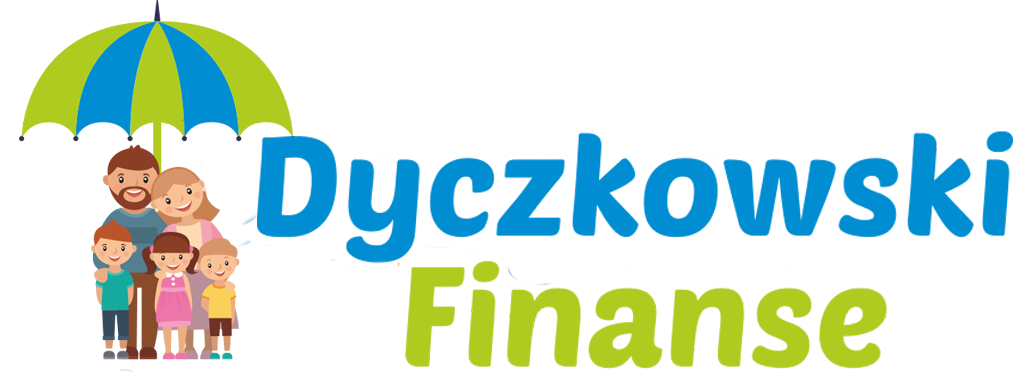Content
- Why Emotional Intelligence is Critical for Leaders
- OKR Leadership: Without Trust for Your Teams OKRs Fail
- Production or People: What Should Pastors Prioritize?
- We’ve updated our privacy policy.
- What are the 5 Stages of Team Development?
- More Resources on Team Development
- Signs and questions to look out for in the forming stage
- Storming — It’s inevitable, there’s going to be conflict
The biggest key is how constructively your team handles the inevitable conflict. Typically, we take time on the front end to teach our players some conflict management skills in an effort to weather the Storming stage. High-performing teams go through four defined stages to reach their potential. This is true whether your team works remotely or works in person. Your remote teams will go through the 5 stages of team development whether or not they have your guidance, but you can accelerate their progress when you know how to support them along the way.
There is still a need for the team to focus on both process and product, setting new goals as appropriate. Changes, such as members coming or going or large-scale changes in the external environment, can lead a team to cycle back to an earlier stage. If these changes – and their resulting behaviors – are recognized and addressed directly, teams may successfully remain in the Performing stage indefinitely.
When you can identify which development phase your teams are in, it’s much easier to provide exactly the direction they need so they feel more focused and connected. The second stage occurs when a group of individuals with various wants, needs and insecurities starts to more closely interact and compete with one another. Inevitably, because of the various personalities and individual goals on your team, conflicts between players, coaches, staff will surely arise.
Stents begin to elute drugs from blood vessels within a few days after implantation, and drugs can prevent restenosis more effectively by regulating the process of coronary artery disease. However, the drug preparation can be degraded in the body after the completion of the action, and the metal stent will remain in the body for a long time. Bare metal support ; BMS is completely made of metal, and it is also the first coronary stent used in clinical practice. Metal materials have good compatibility with blood vessels, which can provide long-term physical support in the diseased areas, thus preventing the stenosis of diseased blood vessels again.
Conflict can arise as people tend to bring different ideas of how to accomplish goals. At this time, they notice differences rather than similarities. This leads to some members dropping out mentally or physically. 5.High Performance Team A small number of people with complimentary skills who are committed to a common purpose, performance goals, and a common approach for which they hold themselves accountable.
Why Emotional Intelligence is Critical for Leaders
As you communicate with them you notice how confidently they articulate their ideas. Your team will experience obstacles in the storming stage. While originally things had been going according to plan, roadblocks crop up during this stage. You recognize that your team is new, and want them to feel supported, motivated and psychologically safe. So, you host a meeting where your team can get to know one another, their work style, and the way they feel appreciated.
Remember that each player enters the season with a certain set of expectations of how things should be for them individually and for the rest of the team. Naturally conflict arises when the expectations and desires of various individuals come into contact. Some teams reach a stage of development in which they thrive at their individual and collective tasks.
OKR Leadership: Without Trust for Your Teams OKRs Fail
Along with these stages, interpersonal relationships and task activities are also necessary for successful execution. An organization’s working process involves an important factor which is known as teamwork. Teamwork is a collaborative effort or a group to achieve a task or a goal in an effective and efficient way.
They decide how communication should take place between meetings. Chris emphasizes the importance of attendance and that each member’s input is vital. LRI provides its clients with an exclusive Client Member Area, which contains tools used by LRI consultants to strengthen teams and organizations. These tools range from PDF worksheets to video courses and supplemental training materials. After all, their ability to overcome obstacles and achieve their goals is a reflection of a management job well done. As you learn about their progress, you ask them questions about their processes and notice how they collaboratively provide constructive answers.
Production or People: What Should Pastors Prioritize?
Some groups manage to avoid this stage, but usually only if the teams are deliberate in preventing problems before they arise. Teams can do this through creating an open and honest environment where everyone is respected. However, some teams experience such a strong Storming stage that they are unable to move past it. During the Norming stage, members shift their energy to the team’s goals and show an increase in productivity, in both individual and collective work.

Because this stage immediately follows Storming, members may be less inclined to express their opinions if they fear more conflict. I avoid them if I can.” All team members voice agreement about their reluctance to attend safety training. Chris feels a sense of camaraderie as group members unite around a common issue.
As conflicts arise, the leader must take quick action to deal with the issue and maintain the positive climate. The transition between these various stages requires intentional guidance and facilitation by the team leader. Within a high-performing team, there is an appreciation of the need for https://globalcloudteam.com/ a balance of communication styles, and of balancing the intuitive and logical mind. The logical mind helps people solve problems and stay on task. The intuitive mind allows individuals to identify what they’re feeling. Often the logical mind works within defined biases or other constraints.
Often, teams will redefine their goals or team structure that were established in the Forming stage. As a result, there is increased morale on the team, and members have a more clear understanding of what four stages of team building they are trying to accomplish. In this stage, the team shares a vision and more open communication. After the initial stage, teams often enter the storming stage, which entails conflict and disagreement.
We’ve updated our privacy policy.
The team decides that the training should be video-based and online, making it easier for people to attend. They stress that interaction is essential to both learning and satisfaction. The team decides that the training should focus on asking participants questions instead of lecturing them. The performing stage is a clear indication that your team is in a state of alignment.
- Team development strives to meet these criteria with ongoing reflection and growth.
- Hence, they tend to get more social and may forget their focus in favour of having a good time.
- At the beginning, everyone is excited about being a part of the team.
- Bruce Tuckman defined these 4 different stages of team development as Forming, Storming, Norming, and Performing.
- The performing stage is a clear indication that your team is in a state of alignment.
This is where it’s important to level with individual contributors and truly get to know what’s going on. This is a great time to reflect on what makes a high-performing team able to accomplish tasks and move through obstacles. Your team needs to communicate clearly and, rely on one another rather than turn on each other. This is a crucial point in team development where leaders can pinpoint bottlenecks, areas of improvement and couple them with team strengths to build forward momentum.
What are the 5 Stages of Team Development?
It’s different for remote marketing teams because you can’t see what people are working on. As a team leader your job is to help your team reach and sustain high-performance. Here’s a checklist to make sure you’re progressing your team through the stages of forming, storming, norming and performing. The norming stage of team development is the calm after the storm. In this stage of team development, team members fall into a rhythm as a cohesive taskforce. The skills of each member are validated and utilized to execute the necessary tasks.
More Resources on Team Development
Intuition recognizes signals outside of the logical filters. Bruce Tuckman was a Professor Emeritus of Educational Psychology at Ohio State University. In the mid-1960s, he introduced his model of the four stages of team development. It also suggests specific strategies to advance from each stage. This is the perfect team development stage to learn about how your team overcomes obstacles and bonds through shared experiences. Identifying each of the 4 stages of team development helps you underscore your team’s needs during each one.
Signs and questions to look out for in the forming stage
Which means, you may experience these stages in sequential order, or find yourself in a loop with one or more of the stages outlined above. Not only are you proud of the team development they’ve exemplified, but you’re also proud of their individual capacity to stay in integrity with the quality of their work. You book 1-on-1 meetings with team members to learn about each of their experiences. As you do this, you recognize clear and consistent points with each team member and the benefits of hosting a team retrospective. Alignment Get your people in the same mindset with OKR goals and 1-on-1 meetings. Norming – this is where team members begin to build good working relationships.
The skills of each member are fully optimized, supervision is almost never needed, and members feel a strong sense of trust in one another. During the “forming” stage of team development, the team members acquaint themselves with the basic aspects of their task. Forming stage discussion topics often include the project goal, team member roles, basic ground rules, and designation of authority. The forming stage is truly a honeymoon phase in teamwork—productivity is low, but the team members are too newly acquainted to encounter conflict. While working on a high-performing team may be a truly pleasurable and growthful experience, it is not the end of team development.
Storming — It’s inevitable, there’s going to be conflict
Commitment to the team’s mission is high and the competence of team members is also high. Team members should continue to deepen their knowledge and skills, including working to continuously improving team development. Accomplishments in team process or progress are measured and celebrated. During the Forming stage of team development, team members are usually excited to be part of the team and eager about the work ahead.
This way, you can prepare for conversations that build trust while supporting your team and leading through each team development stage. All teams go through predictable and unavoidable stages of development. These stages are backed up by research into teams across all industry groups. What can you as a team leader do to make an easier transition into each stage? This session considers some practical advice for accelerate the team’s development and maturity.

